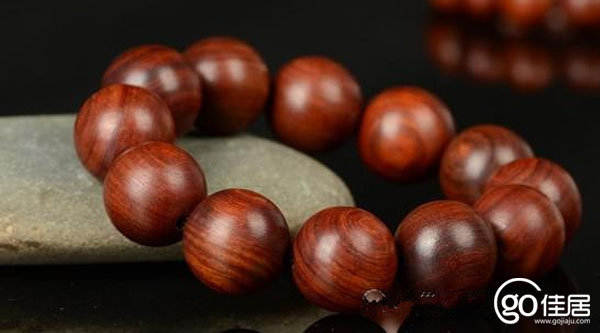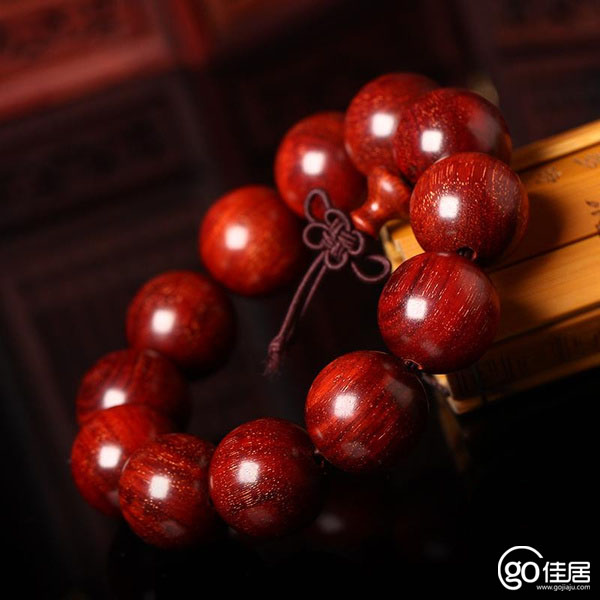Ke Tan and lobular rosewood are all similar woods, but they are fundamentally different. Let's take a look at what is Ke Tan, and what is the difference between Ke Tan and lobular rosewood ?

What is Kotan
Ke Tan, Côte d'Ivoire lobular rosewood sandalwood, Cote d'Ivoire ebony short. In the 21st century, after the war in the West Africa, timber trade was resumed. From the first batch of local specialty timber exported from West Africa, such as Côte d'Ivoire, to China, merchants named the good wood in their own hands as Kothan, including the Khwa Divan Wood and Hugh Hemu. , iron pigeon, bright mottled bean and so on. In the domestic market, some people also called the approximate paint gum tree also known as Kodak.
The main meaning of Ke Tan is from the original Hussein Hemu to later Kuanten Fanren, Lacquer Tree, Red Iron Doug, and so on, where a higher-end unknown New West African timber would replace the former being redefined. For Ke Tan. Due to its excellent material quality, most of the Kotels currently available in the market are African leaflet (red light bean).
In some wenwan markets, when asked about the material of a certain product, the merchant was first notified of the “red sandalwoodâ€, and after the detailed inquiry, it was again known as “lobular rosewoodâ€. After further questioning, it was very impatient to tell you “Africa lobular rosewoodâ€. This is more of a place name, but the material is completely different. Therefore, people always pay attention to the name. This is a university.

African lobular red sandalwood is collected from the African primeval forest. The wood is polished and glossy, the structure is very fine, and the wood is submerged. The new section of the heartwood is rich red. After long-time oxidation, it is purple-black. The sawdust can be used as a dye and the flower is white. Shaped flowers, light yellow. The color, odor, characteristics, precision, hardness and texture of Indian rosewood that grow on the same latitude in India are very similar. Only its oiliness is slightly worse than that of Indian rosewood. Berray furniture knows that Kotan is currently on the market. "Little Big Leaves" is the easiest way to impersonate the wood of Indian leaflet rosewood.
The difference between Kotan and lobular rosewood
Indian lobular rosewood, also known as sandalwood rosewood, has an acid aroma when cut; its sawdust is orange; the new section of heartwood is orange, and the individual buildings are demolished as orange, red after air oxidation, and deep purple; Visible brown eyes or brown lines on the surface of the wood, more common hair (S) pattern. (Ke Tan) African lobular rosewood was collected from the primeval forests of Africa. After the wood was polished, it was shiny, with a fine structure, and the wood was submerged. The new section of the heartwood was a rich red. After the long-term oxidation, it was purple-black. Sawdust could be used as a dye. The blossom is a white butterfly flower with a light yellow color. The color, odor, characteristics, precision, hardness and texture of Indian rosewood that are grown at the same latitude in India are very similar. The oiliness is only slightly worse than that of Indian rosewood, which is currently the most popular in the market except for “Little Bigleafâ€. Easy to impersonate the wood of Indian leaflet rosewood.
What is Kotan? Did you understand? If you want to learn more about furniture, you can pay attention to GO Home Information Channel.
Iron Wire,Iron Mesh,Wire Iron,Thick Iron Wire
HENGSHUI YUZHENG IMPORT AND EXPORT CO., LTD. , https://www.yuzhengnails.com
